Marzipan is one of the oldest treats. However, for years there has been a predominant notion that marzipan is that strange imitator of chocolate, with a not-so-pleasant taste, but rather low cost. This is a huge misconception.
Marzipan is actually a mixture of almonds grated into powder with powdered sugar, which result in a rubberlike paste. The ingredients combine so well that there's no need of an additional bonding agent.
Genuine marzipan is in essence a fine almond paste with unique taste qualities. Something can only be labeled as marzipan if it contains at least 14% almond butter.
Few are also aware of the true definition of marzipan. It is a delicacy paste, made of sweet and sour almonds and sugar, and sometimes even rose water. In Europe, it has been known for centuries, while its origins lie somewhere deep in the Orient.

Being a ready-to-eat product, marzipan can be consumed directly. And because of its rubbery, sweet texture, it finds its widest use in confectioneries. It is also preferred because it's easy to make and can be used for molding.
Many European nations prepare sweet marzipan figurines. They come in all sorts - small animals, fruits, beautiful flowers and all kinds of shapes for cake and pastry decorations.
Another plus side is that all kinds of harmless confectionery dyes can be added to the almond paste, making the shaped figurines not only beautiful but more realistic. Marzipan decorations and bonbons can have a chocolate, sugar or lemon glaze added to them.
Another application of marzipan is in the preparation of cakes. It can be rolled out into a sheet, to cover the cake entirely. In addition, marzipan goes exceptionally well with chocolate.
Because of this, it is a commonly used ingredient for filling all kinds of chocolates and chocolate bonbons.
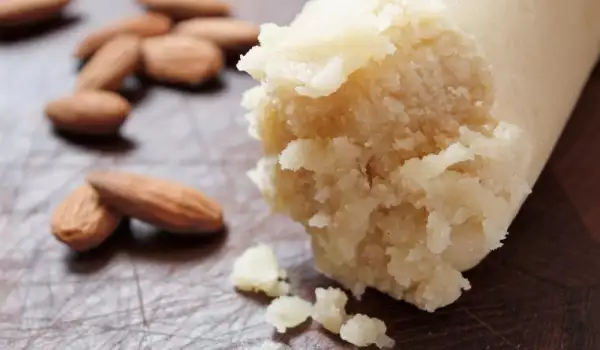






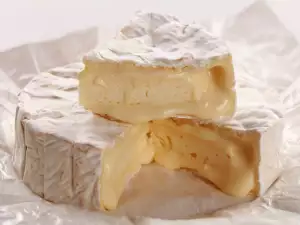
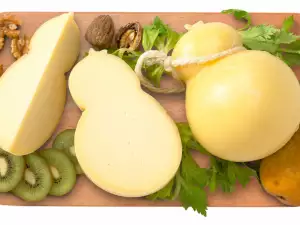

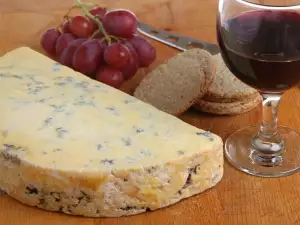


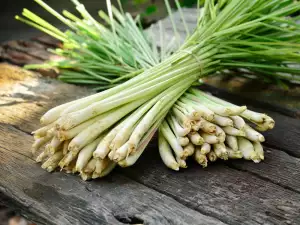
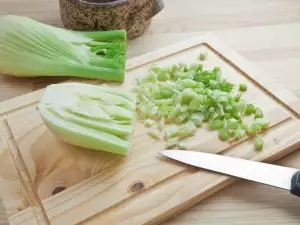





Comments